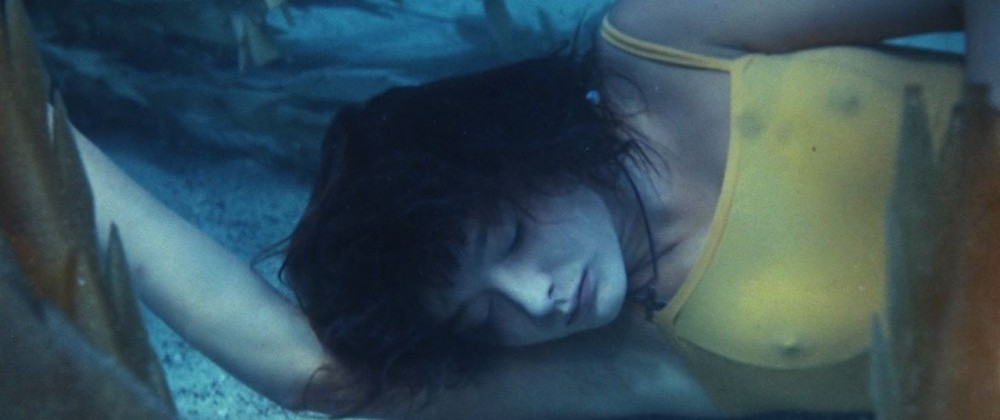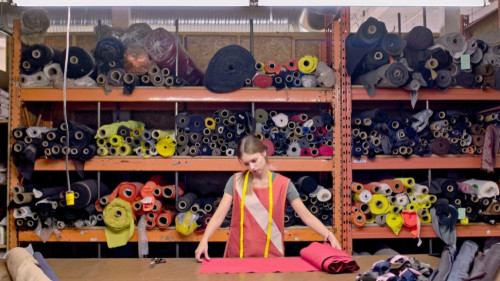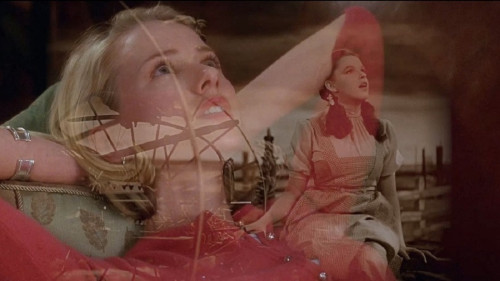Volume 12, Issue 3 / March 2008
Fantasia 2007
In this issue
-

Science Fiction Soviet Style
-
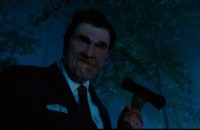
The Americans Go Green at Fantasia 2007
-

Bradford International Film Festival, March 2008
-
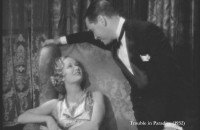
Understanding the ‘Lubitsch Touch’
Does it Increase Our Appreciation of Trouble in Paradise?
-
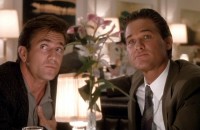
Play it Again: Tequila Sunrise
With Fantasia 2008 just around the corner (July 3-21), it is time to look back at what was Fantasia 2007. The first two essays in this issue do just that. My lead off essay concentrates on what was one of the most interesting genre retrospectives to have played Montreal in a long while, a survey of Soviet science fiction cinema spanning 52 years (1936-1988). The selection of films (and prints) came from a major series which toured several North American cities, “From the Tsars to the Stars: A Journey Through Russian Fantastik.” Up next is Randolph Jordan’s “The Americans Go Green at Fantasia 2007,” a thematic and formal analysis of the environmental thread across a group of otherwise diverse, mainly low budget, independent horror films that showed at Fantasia 2007 (The Tripper, Your Mommy Kills Animals, Zoo, Poultrygeist, The Rage, Mulberry Street, Right at Your Door and The Last Winter). Continuing on the festival circuit is Philip Gillett’s return to the Bradford International Film Festival, which is slowly becoming a major player on the UK film festival scene. The final two essays share an affinity for the written word, the script, especially Elaine Lennon’s “Play it Again: Tequila Sunrise.” It is fair to say that the bias here at Offscreen has always been toward the visuals (questions of style, mise en scène, montage, etc.) and sound (thanks in large part to the contributions of Randolph Jordan, who would not have it otherwise), but at least some of the imbalance will be addressed with this issue’s final two essays, Richard Wallace’s intelligent and thoughtful attempt to define, in strictly cinematic terms that include dialogue and visuals, the famous ‘Lubitsch Touch,’ and Elaine Lennon’s impeccably and thoroughly researched account of the art of scriptwriting through the work of Robert Towne. Any student or practitioner of the screenplay will find Lennon’s analysis of the varying versions of the Tequila Sunrise script, the nuances of dialogue writing, and how the visuals can interact and underscore the script, will find this essay a fascinating read. (Donato Totaro, ed.)

